The main purpose of noise insulation is to get rid of noise that occurs in the cabin when moving the car. Any vehicle, even the newest, is able to skip a certain amount of noise, for example, from rolling wheels, operation of the motor, wind noise, as well as sound flow created by counter and passing transport. About this further in the article.
Content
- Noise insulation of the car, why it is needed
- Tools, fixtures, consumables
- Materials for noise insulation of the car, review, for which parts of the car are used, the advantages and disadvantages of each material
- Hood cover than and why make noise insulation hood cover
- Noise insulation of doors and arches than and why do noise insulation, a phased job
- Noise insulation of the roof of the car than and how they make noise insulation, what restrictions
- Noise insulation of the floor of the car than and how
- Noise insulation of the trunk car, niche wheels, arches, than and how, in detail
- Tips Profi, the most good car noise insulation
Noise insulation of the car, why it is needed
Most cars have factory isolation weakly copes with the task. Exceptions are only a premium class models. The larger the car, the weaker she has protection against foreign noise. And it is due to the fact that the installation of high-quality noise insulation is quite expensive, and in economy-class cars are capable of ten percent. In the struggle for the buyer, the manufacturer reduces the cost of production, including noise insulation.
Than the car is older, the more noise can penetrate her salon. In addition, in the cabin there is an excessive rattling and noise, which causes irritation from passengers and the driver. As a result of extraneous noise in the TC cabin, the driver is much faster thanks, and the safety of the road is reduced.
The only way to solve this problem is to install in the automotive of additional noise insulation.
Tools, fixtures, consumables
- Set of a plumbing tool.
- Roller roller.
- Gas cylinder with burner.
- Industrial dryer.
- Stationery knife and scissors for cutting.
- White spirit or solvent.
- Noise insulating material.
Materials for noise insulation of the car, review, for which parts of the car are used, the advantages and disadvantages of each material
High-quality noise isolation of the car largely depends on the material selected. The automotive industry is a huge selection of these materials, getting confused in which it is quite simple.
The main property of any noise insulating material is the absence of hygroscopicity. That is why, when choosing a material, it is necessary to pay special attention to this, since the accumulated moisture is capable of corrosion of the metal.
Materials for soundproofing TCs can be divided into such types:
Vibroplast is the main material for protecting the doors, the hood, the lids of the trunk, the cabin and the floor from the noise. It is bitumen-shale, polymeric formation with adhesive layer to facilitate the application to protected surfaces.
The method of pressed duplication on the top layer is an aluminum foil. To facilitate the cutting, on the surface of the foil there is a drawing in the form of squares with dimensions of 5 × 5 cm. The adhesive layer protects the special film.
The material does not absorb and does not accumulate moisture, is not subjected to decomposition from the influence of external factors, has the properties of the sealant, with proper application it is capable of protecting the metal from corrosion. Easily applied to the surface and repeats its contours.
There are several types of bitoplast, which are distinguished by the fillers used and the layer thickness. The main disadvantage of this material is its weight. The layer is thicker, the noise insulating characteristics of the vibroplast better. The weight of one square. m. With a thickness of two mm. Makes three kg, and the material in 4.5 mm weighs six kg. For TC processing, 8-10 sq. M. m., Therefore, the weight of the car will increase depending on the thickness of the material used.
Splane got quite widespread, thanks to excellent sound insulation characteristics. Additionally, the material has optimal thermal insulation indicators, low weight, does not absorb moisture and is easily mounted using a special adhesive layer.
In operation is able to withstand the temperature from -45 to +64 degrees Celsius, wearless. Used to protect the most noisy areas of the car - side racks, doors, tunnels, arches of wheels and other elements at discretion.
Depending on the purpose, the thickness of the Splanb can be 2, 4 or 8 mm. The latter marking digit denotes its thickness, for example, the thickness of the splane 3004 is 4 millimeters.
With the help of a special adhesive layer, the noise insulation of the auto cabin is pretty simply, it is able to repeat all surface contours, and the folds and excess are easy to cut with scissors. In addition, the material has low weight and it does not reduce the payload of the vehicle.
Felt is also a widespread material for sound insulation. It has high sound absorption and a small cost. In addition to noise absorption, natural and synthetic felts are characterized by high thermal insulation indicators and are used for any temperatures.
Restriction in the use of felt - the ability to accumulate moisture. It has a porous system that absorbs condensate well. When operating, the felt is actually impossible to dry, therefore it is necessary to use it only in those places in which there is no possibility of moisture access to it.
If you use felt isolation under rugs, it can lead to rapid damage to the car bottom corrosion. Accuming moisture, this material significantly loses its sound-absorbing characteristics, and also becomes the best environment for the development of fungus and mold. As a result of the accumulation of moisture in felt, the windows of the car will constantly fade, and an unpleasant smell will appear in the cabin.
The second main disadvantage of this fund is the complexity of installation. The adhesive coating, applied to felt, does not rest well and can be removed from the surface. Given all the above, the use of felt for soundproofing auto is desirable to limit.
Liquid noise insulation is carried out comprehensively - and outside the car, and inside. Outside, noise-absorbing mastic needs to be treated with wheel arches and the bottom, which are the main noise suppliers in the car salon.
The processing of the outer components of the TC mastic is capable not only to reduce the noise level, and also protect metal elements from corrosion. Modern manufacturers are offered a huge selection of liquid noise insulation - renovicular and bitumen-shale mastic, foaming and two-component compositions.
Liquid noise insulation must be applied to low-fat, clean surfaces. For better adhesion, in some cases it may be necessary to apply primer.
Liquid compositions are perfectly filling out all the joints and are able to provide additional protection. They are applied on the surface with a tassel or spacing. In the work with the compositions, it should be borne in mind that most of them differ in a large duration of drying, which is capable of reaching a few days.
Hood cover than and why make noise insulation hood cover
It is believed that the soundproofing of the hood is able to protect you from noise that creates a motor. However, this opinion is wrong. In fact, if you make noise insulation of the hood, the motor will not "suffer" from the cold in winter. To perform this operation, you will need the Silver vibroplast and accent.
When performing sound insulation of the hood, it is necessary to take into account the weight of the material so as not to overload the hood, because you can cause damage to the shock absorbers, which will have to be changed. To remove vibration, use viburnosplers. They are pretty lungs, resulting in a small load. To preserve heat under the hood, an emphasis protecting the motor compartment from hypothermia in winter and from overheating in summer is used.
The manufacturer, as a rule, makes its thermal insulation in the car. The noise insulation you created should not be replaced by the staff, but only complement it. If there is no standard noise insulation on the auto insulation, it is necessary to make it yourself, for which it should be selected very thick material - at least 15 millimeters. And if you even add material that is able to absorb vibration, you can protect yourself from outside sounds, and the engine will not suffer from the cold in winter.
Noise insulation of doors and arches than and why do noise insulation, a phased job
This type of insulation is designed not only to protect the vehicle interior from the noise, but also for better sounding music in a car. Often even the most ordinary sound insulation is able to create "miracles", resulting in music in the cabin will be heard better. To do the minimum "Shumka" Take an ordinary vibroplast "Gold" and "Silver". Attach material should be opposite the door inside the column. Vibroplasta need to put as much as possible, because the thickness of the metal is less, the greater will be the need to spend soundproofing.
Before doing soundproofing miscalculated the weight of material that has to go on the defense. If the door with sound insulation would weigh too much, chances are that it will sag, it is quite high. As a result, it will be necessary to replace the hinges. If the car is worth a good audio system, you'll need at least four layers of insulating material to music in the cabin sounded good.
The first step is to protect the inside of the door. Glue material in such a case through the holes behind the speakers in the doors. Above vibroplasta put Splen four millimeters thick.
Then isolate the outer portion of the door. The music sounded better seal that portion of the door in which the speaker is installed. In addition, after the operation carried out by the door will be more rigid, which also have a positive impact on the sound of music. The outer part should be covered vibroplasta «Silver», then put Splen.
Then pay attention to the door cards. That they have not been issued scratches and other undesirable sounds, they should be treated. To do this, use antiskripny bitoplas or similar material for sound insulation.
Also pay attention to the tie rods and handles, which should be covered with material against squeaking "Madeleine". Handle rear door must be similar to the front. If the speakers are mounted in the door, you can apply a simple material.
On wheels comes the most noise, so you need to protect, and wheel arches. In this case, two or three layers of material to the required thickness to be used. Vibration is best to protect "Bimast Bombs." You can apply and other material, however, will need to put two layers.
Sound insulation of the roof of car, what and how to make noise isolation, which limits
Car owners handle the roof of their car so that noise outside the outside can interfere with the comfort of movement. If you do the sound insulation of the ceiling, even in the conditions of the strongest rain, you will only feel light deaf blows that are not able to deliver strong discomfort. For this type of insulation, the vibroplast of the types indicated above will be suitable. It is advisable to use the most lightweight material because it is too much load on the roof can lead to the fact that the center of gravity will move up strongly, which is very bad effect on the handling. The thickness of the splane used should be four or eight millimeters. If the thickness is insufficient, put two layers. Restrictions on this event are based on after installing the material it was possible to return the ceiling trim back.
Noise insulation of the floor of the car than and how
The main purpose of this type of isolation is to reduce the noise from the contact of the TC with the road, as well as from the blows of small items about the bottom of the car. The choice of material is unlimited - you can take the best noise - and vibration insulators. As a rule, for insulation of the floor take Bimast Bombs. This material has the best characteristics, but the hardest weight. On top of this vibration and insulator, the material that holds the heat and absorbing noise is 4 or 8.
Sometimes it is very uncomfortable to use thick Splin, so you can take less thick material, but there will be two layers to be putting it, and not one. It is impossible to leave the gaps, Splen it is necessary to cover the entire floor area.
Noise insulation of the trunk car, niche wheels, arches, than and how, in detail
Protect the trunk is extremely important, since it is from there most of those extra noises and squeaks come. If you wish to place the subwoofer in the vehicle, do sound insulation must always boot.
Special attention should be paid to a spare wheel niche, try to fully enclose the material that absorbs the vibration. All trunk trim cover by bitoplast.
Wheel niches need to shock noise insulating material so that you can feel comfortable in the cabin. If you do everything correctly, the noise published by the wheels when interacting with the road will actually not be felt.
Before putting additional insulation, first remove the "native" Lockers are also protected from the noise. Then arch clean from dirt and dust, after which the material can be laid. Often used vibroplast «Gold» or analogues. Experts advise handle antigravs wheel houses, which acts as shumoizolyatora and protects the metal from corrosion. Also most niches and treated with wing flaps, they may be pre-pasted vibroplasta then fix in place.
Tips pro, the good car noise isolation
Do I need to make sound insulation TC, what materials to use - it all depends only on the car owner, his skills and financial capabilities.
Related Materials
- Stove 2110, bad warm stove 2110, VAZ 2110 heating system, repairing the heating system VAZ 2110 with their own hands
- VAZ 2114 stove blows with cold air, stove 2114, bad warm stove VAZ 2114, device and repair of heating VAZ 2114 do-it-yourself, removing the stove VAZ 2114
- How to subdominize the car. How to put a jack. Types of jacks for cars.
- VAZ 2109 Fuse Block, VAZ 2109 Fuse Block Carburetor, VAZ 2109 Fuse Block Injector, Old VAZ 2109 Fuse Block, VAZ 2109 Fuse Block, VAZ Fuse Block 2109
- Car exhaust gas catalyst, faulty catalyst, pluses and cons of the catalyst, how to change the catalyst on the planeencitel
- Stove blowing cold air VAZ 2114, badly blowing the stove VAZ 2114, why badly blowing the stove VAZ 2114
- How to find out the owner of the car by the number of his car, check the car by the number of the traffic police machine, check the car by the state number of the car for free
- How to choose Used tires, Useful Tips
- Winter car road, pressure in passenger car tires in winter, good battery for the car in winter, whether to warm the car in winter
- In winter, the car is poorly started. How to make a car in winter, do you need to warm up the car in winter, useful tips
- Economy fuel consumption machines, the most economical car consumption
- Tires brands for passenger cars, labeling of car tire labeling, residual passenger car tire protector, how to pick a tire on a car brand, car tire tread pattern
- Working transmission operation, mechanical gearbox clutch work, driving with manual gearbox, useful tips
- Rear beam Peugeot 206 sedan, rear beam device Peugeot 206. Rear beam Peugeot 206 Malfunction, repair of the rear beam Peugeot 206
- Diesel fuel in winter, additive for diesel fuel in winter, how to choose the best diesel fuel
- Diesel winter does not start. How to start diesel in winter, heating diesel in winter.
- Japanese bridgestone tires, winter studded bridgestone tires, bridgestone tires brand
- Tire marking decoding for passenger cars, labeling wheels, how to choose the right tires on the disks
- Diesel engine in winter, launch of the diesel engine in winter, what oil to fill in a diesel engine in winter, useful tips
- LED backlight of the car, the backlight of the bottom of the car, the backlight of the legs in the car, the backlight in the door of the car, the backlight of the car is fine
- Recovered tires, bus tire, restored tire protector, can I use them
- Choose winter tires, which is a winter tires, which pressure in winter tires should be marked with winter tires, how to choose the right winter tires, the best winter tires 2019
- Steering rail rail, knock of steering rack, reasons for the knock and repair of the steering rack do it yourself
- Cameless car tires, a set for repair of tubeless tires, repair of the cannon-free tire do it yourself
- Russian tires, Russian tires Winter, Russian All-season tires, Voronezh AMTEL tires, Tires "Matador Omsk Tire", Kama-tires are world-class bus
- How to open a car without a key. Lost the key from the car what to do, the key from the car inside the car
- Silent tires, quiet winter tires, quiet studded bus, which tires to choose, overview tires
- Tires and safety, safety of the bus, why it is necessary to constantly monitor car tires
- Rules of safe driving of the car in the rain and slush, safe driving of the car for beginners
- Rust converter which is better for cars, rust converters to choose how to use rust transducer, professionals
- Polishing the body of the car do it yourself, how to choose a polishing paste, useful tips
- Engine durability, engine life, how to extend engine life
- Knock in the car. Knock when moving the car. What can knock in the car. How to determine the cause of the knock.
- ABS car, what is ABS car, ABS system malfunction, ABS diagnostics
- Overtaking a car when you can start overtaking a car, rules of traffic rules
- Fuel pump VAZ 2110, VAZ 2110 gas station scheme, VAZ 2110 fuel pump device, VAZ 2110 gas station repair,
- Automotive antennas for radio, automotive antenna device, car antenna do it yourself
- Front suspension Kalina, device front suspension Kalina, knock in front suspension Kalina, repair of front suspension Kalina
- Shock absorber Oil, best oil shock absorbers, pumping oil shock absorbers, how to properly pump oil shock absorber
- Clutch malfunctions, touches clutch, causes a clutch malfunction, how to eliminate

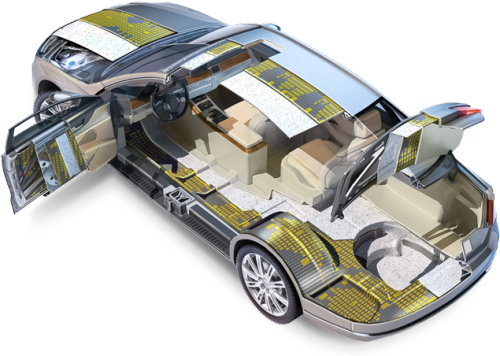
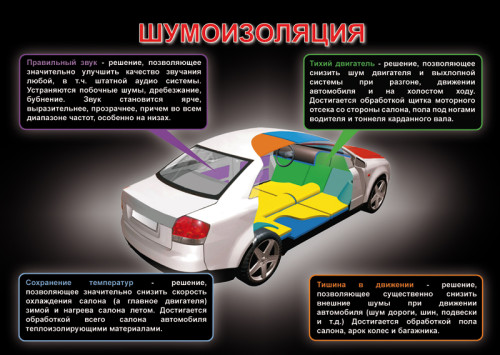
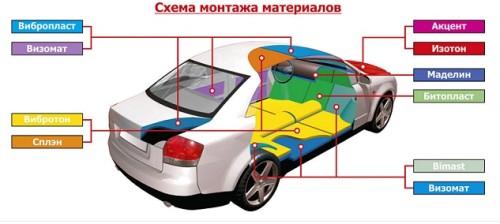
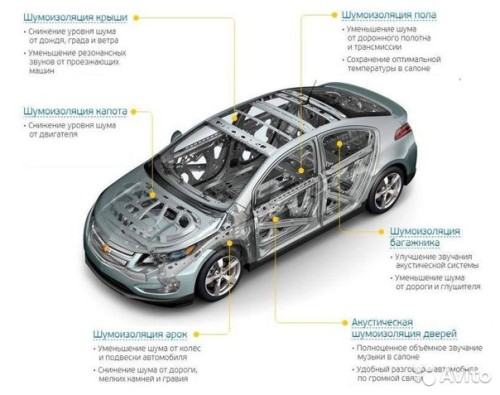
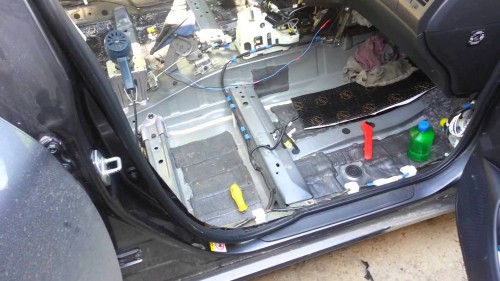
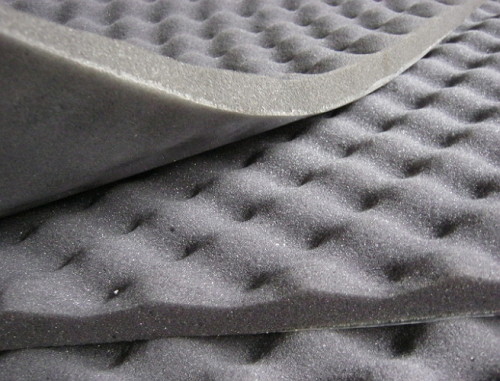
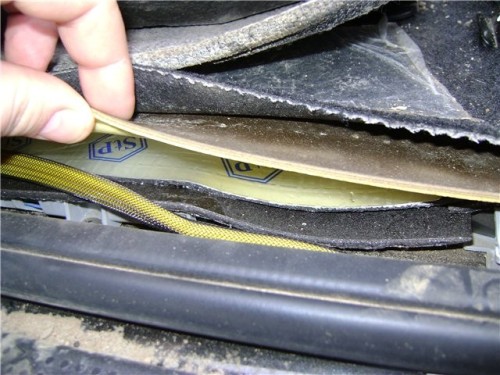
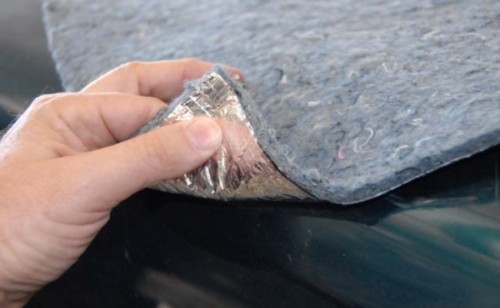

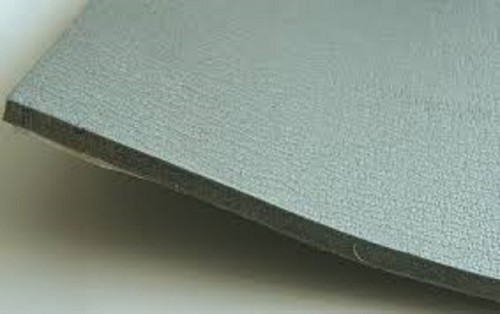
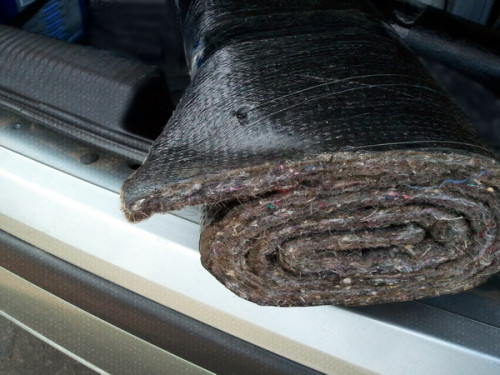
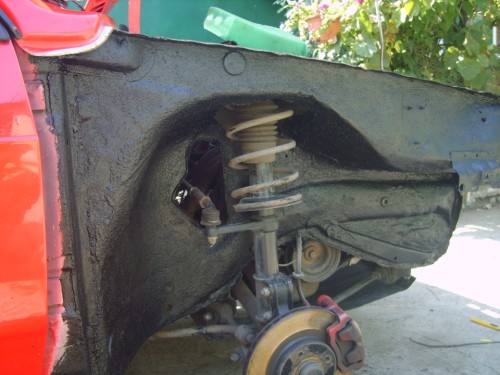
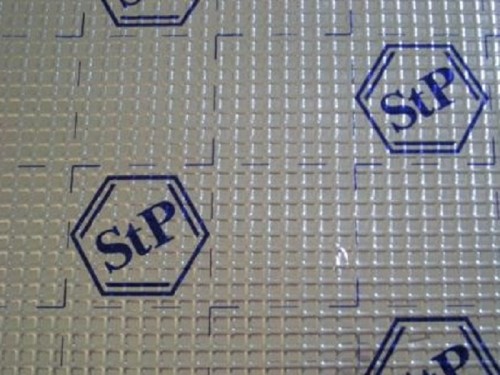


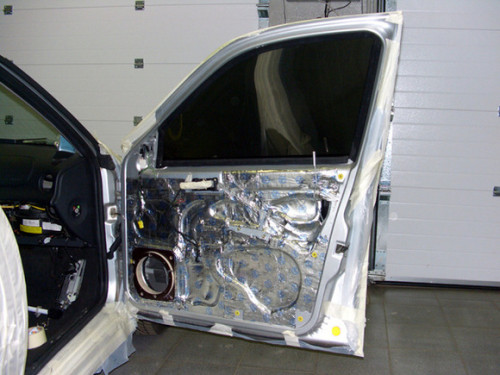

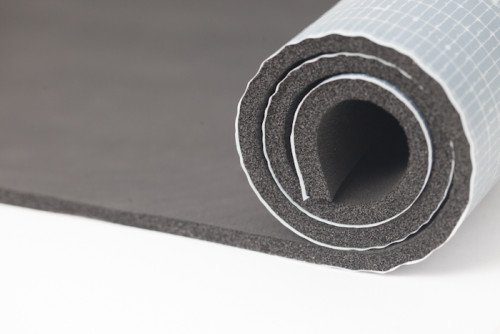
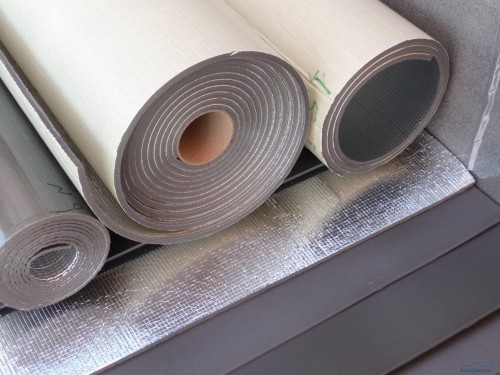
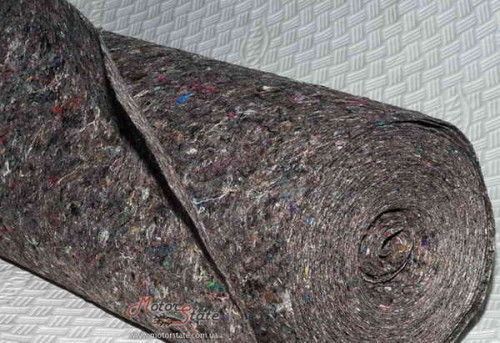
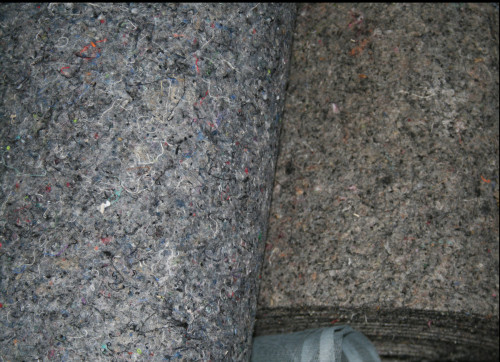
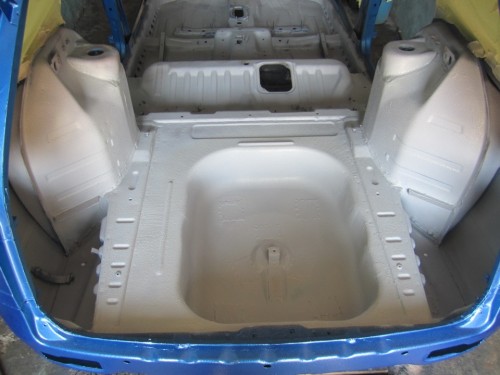
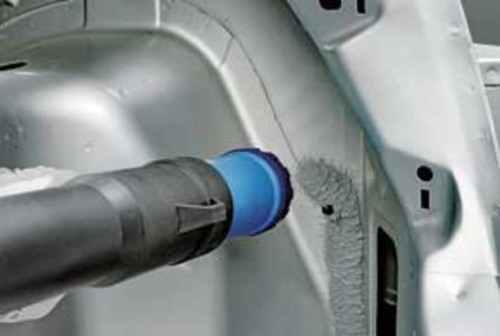

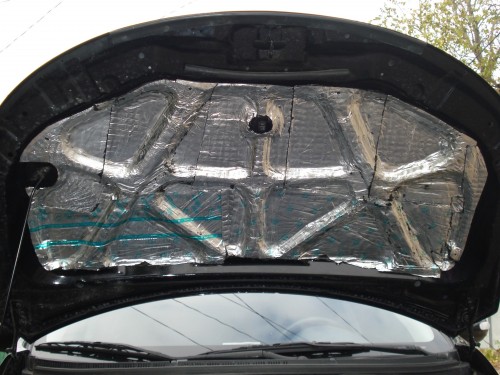

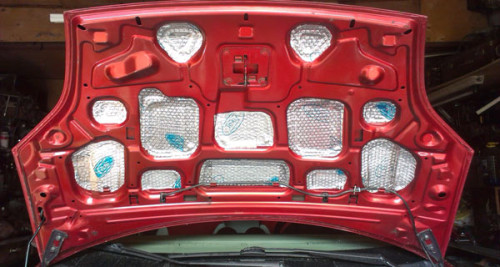
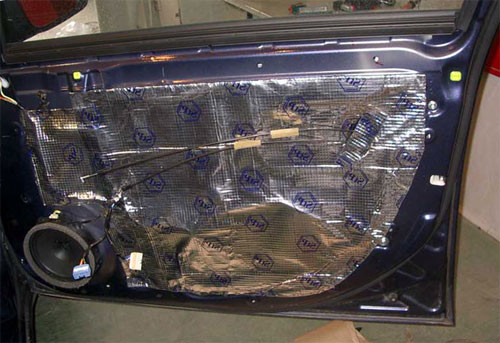
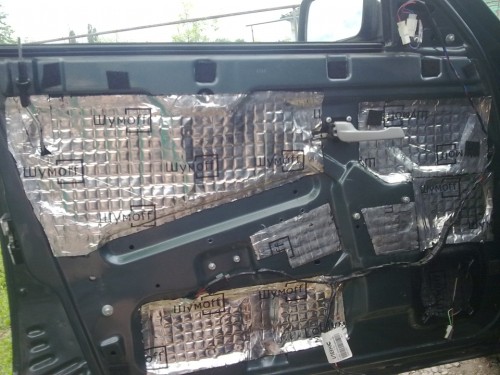
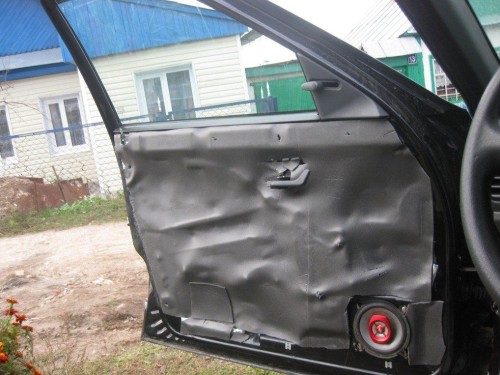
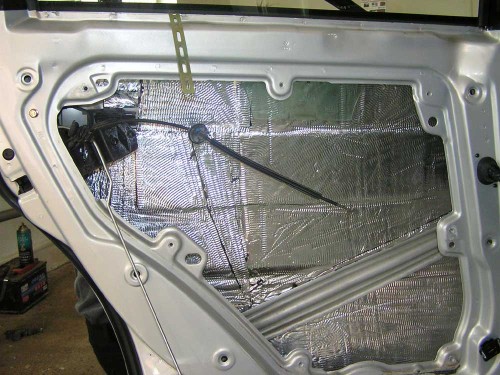

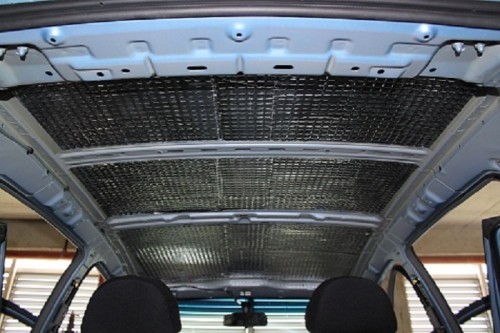
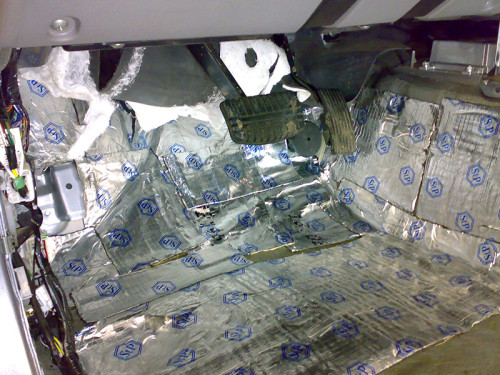
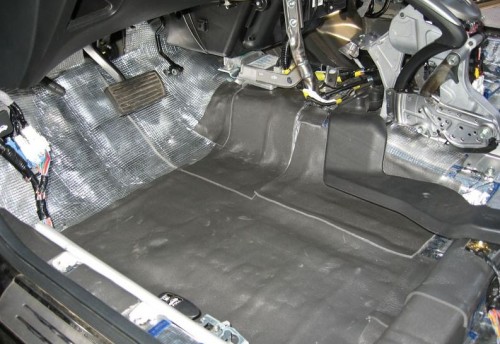

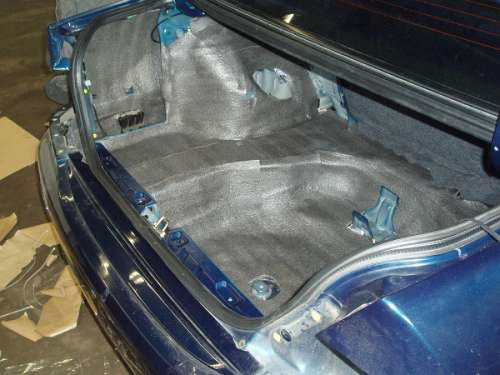
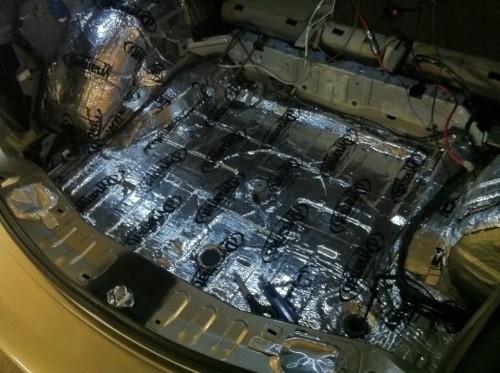
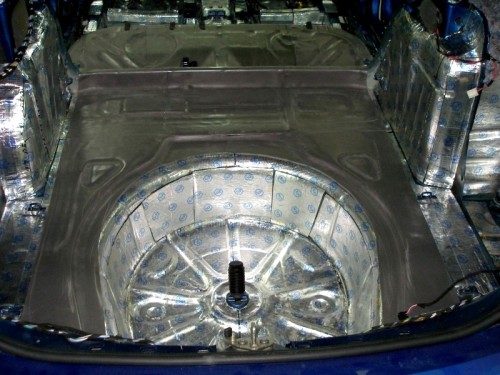
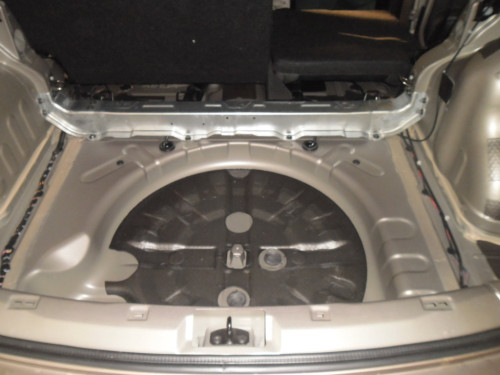






Comments